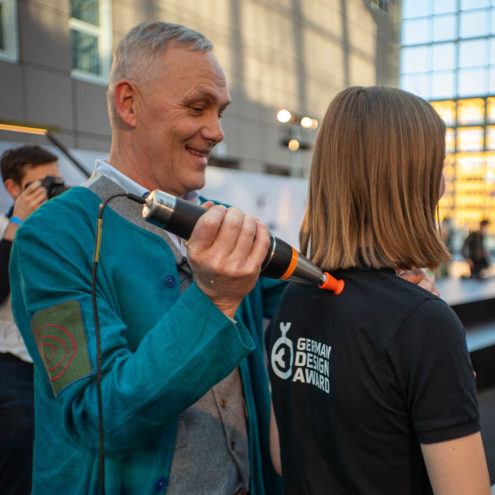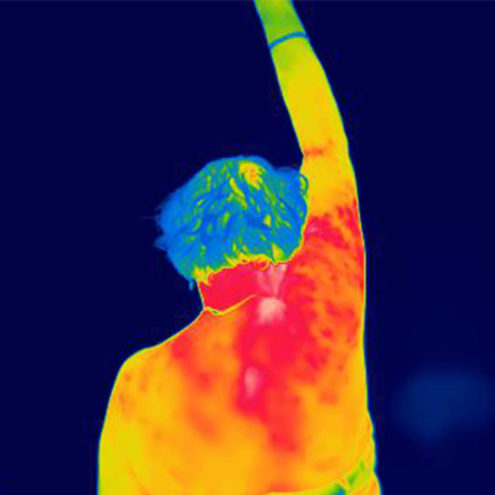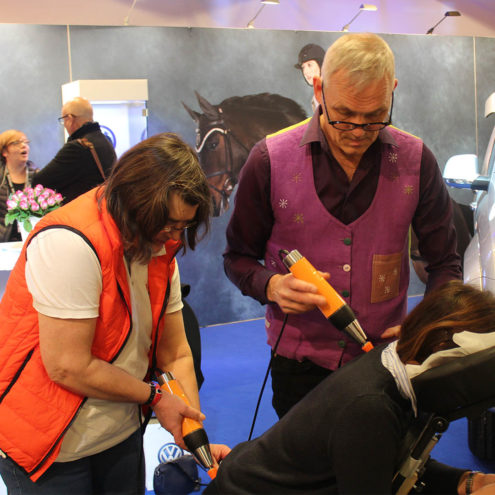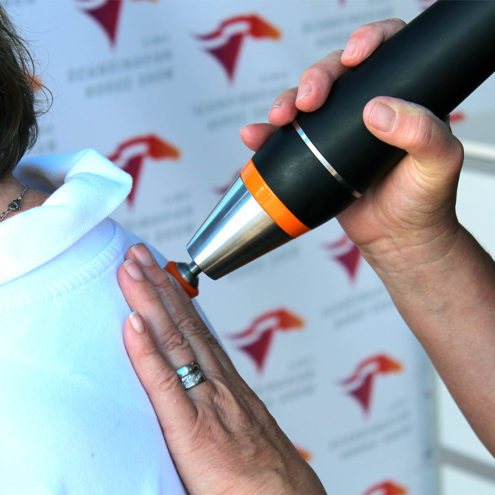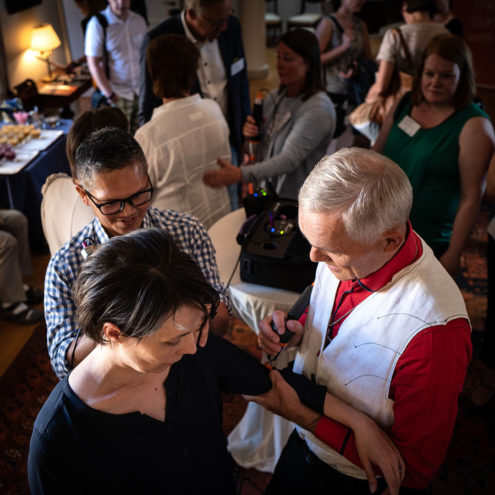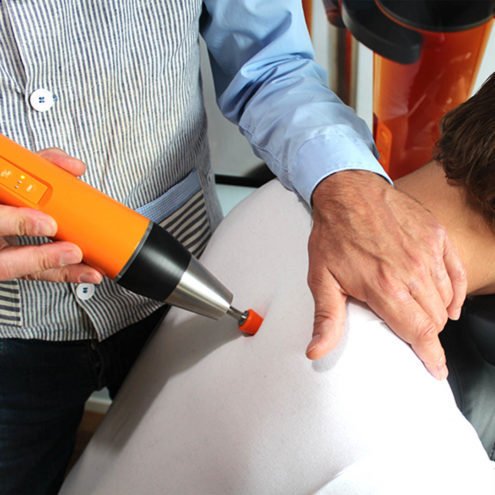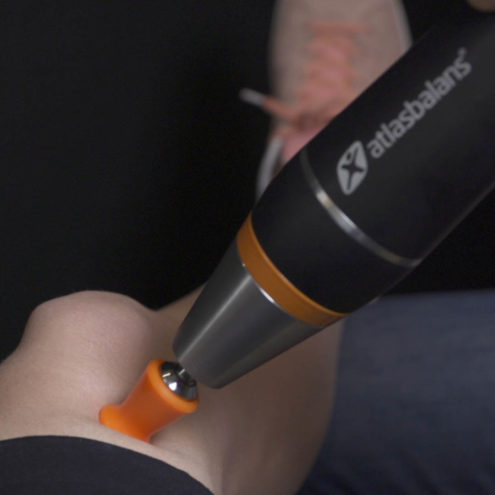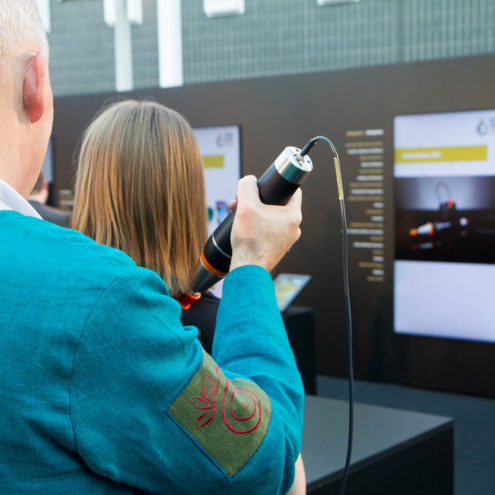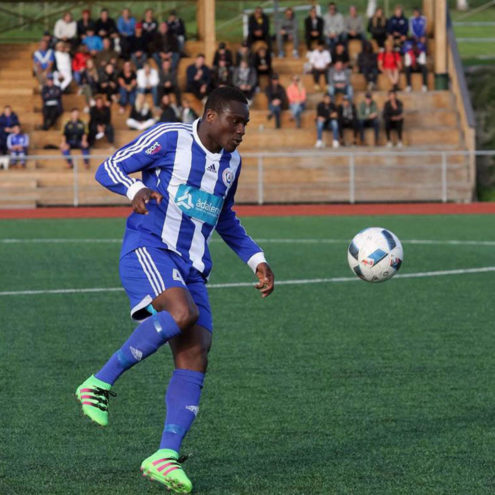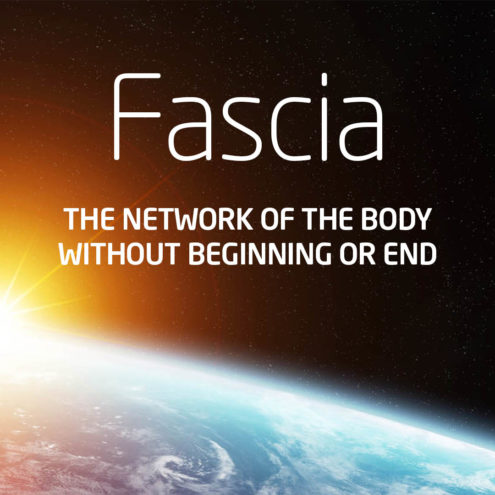Herniated disc – Walking and Movement

Herniated discs are a very painful condition, leading to significant discomfort and limitations in many people’s daily lives. Understanding how movement and walking can affect and improve this condition can be crucial for effective recovery and long-term back health.
Why is movement important in herniated discs?
Despite the pain, it’s good to keep moving during a herniated disc. Keeping the body moving speeds up healing and reduces symptoms. Understanding the critical role that movement plays in recovery can increase people’s optimism and motivation to recover.
Contributes to increased blood circulation
Movement and light physical activity increase blood flow to the affected areas, which is vital for carrying oxygen and nutrients necessary for healing. Increased blood circulation can also help eliminate waste such as toxins that have accumulated in the tissue around the affected disk, reducing inflammation and promoting faster recovery.
Promotes healing and reduces inflammation
Regular movement helps reduce inflammation by stimulating the production of the body’s natural anti-inflammatory substances. This can reduce both pain and swelling in the affected area, allowing people to return to normal activities more quickly.
Reduces the risk of stiffness and further pain
Inactivity can lead to muscle weakness, stiffness and increased pain. This can create a vicious circle of discomfort and limited mobility. Regular movement helps keep muscles flexible and prevents stiffness, making daily activities easier and reducing the risk of further spinal injury.
The benefits of walking for back health
Walking is an example of an excellent low-intensity activity that offers many benefits to people suffering from a herniated disc. Take several short walks rather than one long one, preferably on gently varying surfaces. Walking strengthens the muscles that support the spine and increases circulation in the affected area.
Strengthens the supporting structures of the back
Regular walking strengthens the muscles of the back, but also those of the abdomen and legs, providing better support and stability for the spine. This support is crucial to reduce the load on the intervertebral discs and prevent further injury.
Improves flexibility and mobility
By integrating walking into the daily routine, people can improve their flexibility and mobility, making it easier to perform daily activities and reducing the risk of future back problems.
Contributes to mental well-being and stress reduction
Walking contributes not only to improved physical health but also to increased mental well-being. Regular walks in the fresh air can reduce stress, anxiety and depression, which is particularly important for individuals struggling with chronic pain associated with herniated discs.
How to start walking after a herniated disc
Starting a walking program after suffering a herniated disc should be done with caution and adaptation to the specific condition and ability of the individual.
Customize the length and intensity of the walk
Start with short, light walks and gradually increase the length and intensity based on your comfort and pain threshold. Starting with five to ten minutes of walking and gradually increasing the time is a safe way to incorporate activity without overexerting your back. Several short walks are better than a single long one.
The importance of proper posture during walking
Maintaining good posture during walking is very important to avoid further stress on your back. Keep your head up, shoulders back, and abdomen slightly retracted to support your back properly.
Listening to the body’s signals
It is crucial to listen to your body and avoid movements or activities that cause pain. If pain increases during or after a walk, reduce the length and intensity of your walks and consult a specialist.
Other recommended forms of movement
In addition to walking, there are other forms of exercise that are beneficial for people with a herniated disc. These include simple stretching exercises and even water-based activities.
Lighter stretching exercises for the back and legs
Gentle stretching exercises that specifically target the back, legs and hips can help relieve tension and improve mobility. It is important to perform these exercises slowly and gently to avoid overstretching.
Water-based activities for gentle exercise
Water-based activities such as swimming or water aerobics are good options as the pressure of the water reduces strain on the spine while providing an effective workout.
Personalized strength training under professional guidance
Strength training under the supervision of a physiotherapist or trainer can help build up supporting muscles around the spine. It is important that this exercise is individually tailored to avoid exercises that may worsen the condition.
How we at FasciaClinics can support your recovery
At FasciaClinics, we understand the challenges of herniated discs and the pain and limitations they cause. Through a combination of expertise and care, we are committed to helping you return to an active and pain-free life. Whether it’s integrating walking into your daily routine, implementing customized exercises, or managing stress and mental health, our goal is to provide you with the tools and support you need for a successful recovery.
Fascia treatment consists of balancing the body, releasing the pressure that is in the body due to the extra strain that the body has taken on to compensate for an injured area. The body will try to rebuild and strengthen other areas to cope with the weaknesses caused by the herniated disc.
The aim of the treatment is to restore the optimal balance in the body by releasing tension so that the load on the back and joints is evenly distributed. It is important to try to identify the root cause of the imbalance and disc herniation and then address it. This is done while relieving and removing the pressure that the body has accumulated to overcome the herniated disc.
The treatment is very comfortable, gentle and painless. The Fascia Clinics have treated thousands of people with herniated discs who have been helped and it is definitely worth trying before considering surgery. Treatment can be time consuming as there is no quick fix, especially if you have been carrying imbalances and misalignments for many years before the herniated disc occurred. It then requires several treatments to maintain “straightness” and balance, as posture and balance are essential to avoid misalignment of the vertebrae and disks.
It is important to bear in mind that a pinched nerve can be damaged and its function impaired. If the nerve has been pinched for a long time, it is important to try to do exercises and movements to reduce the symptoms of nerve damage.
 Search
Search

